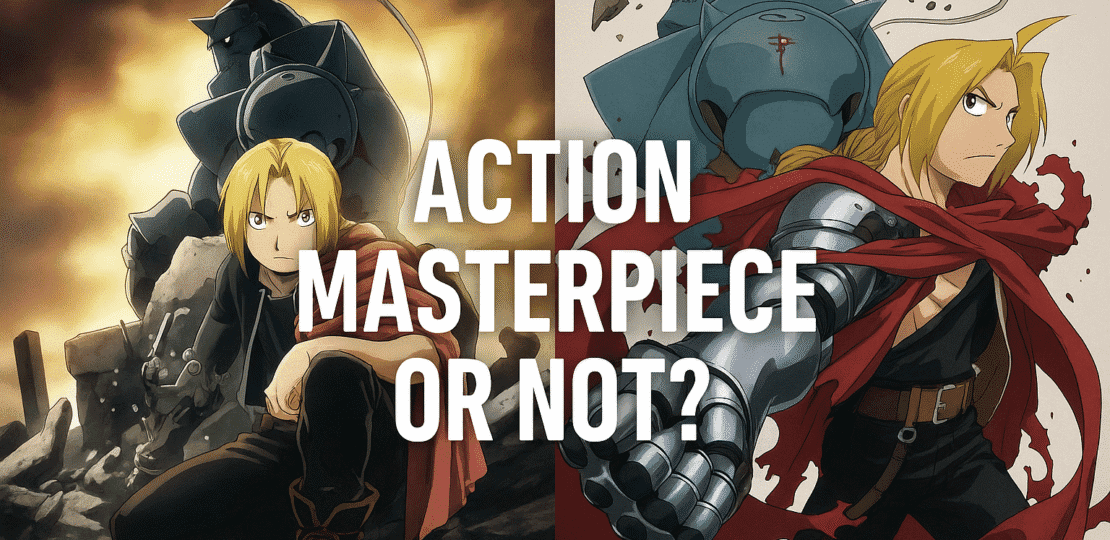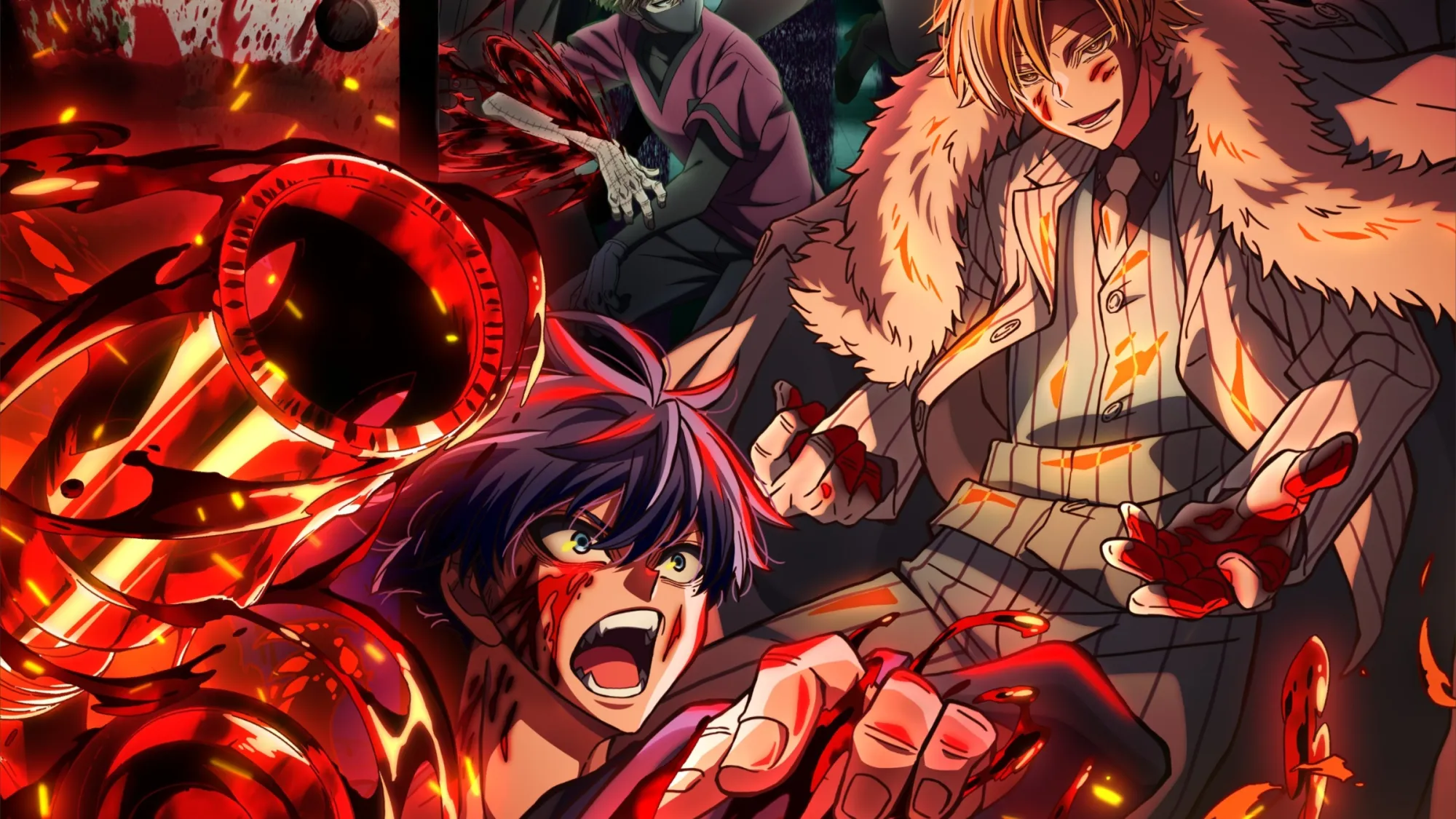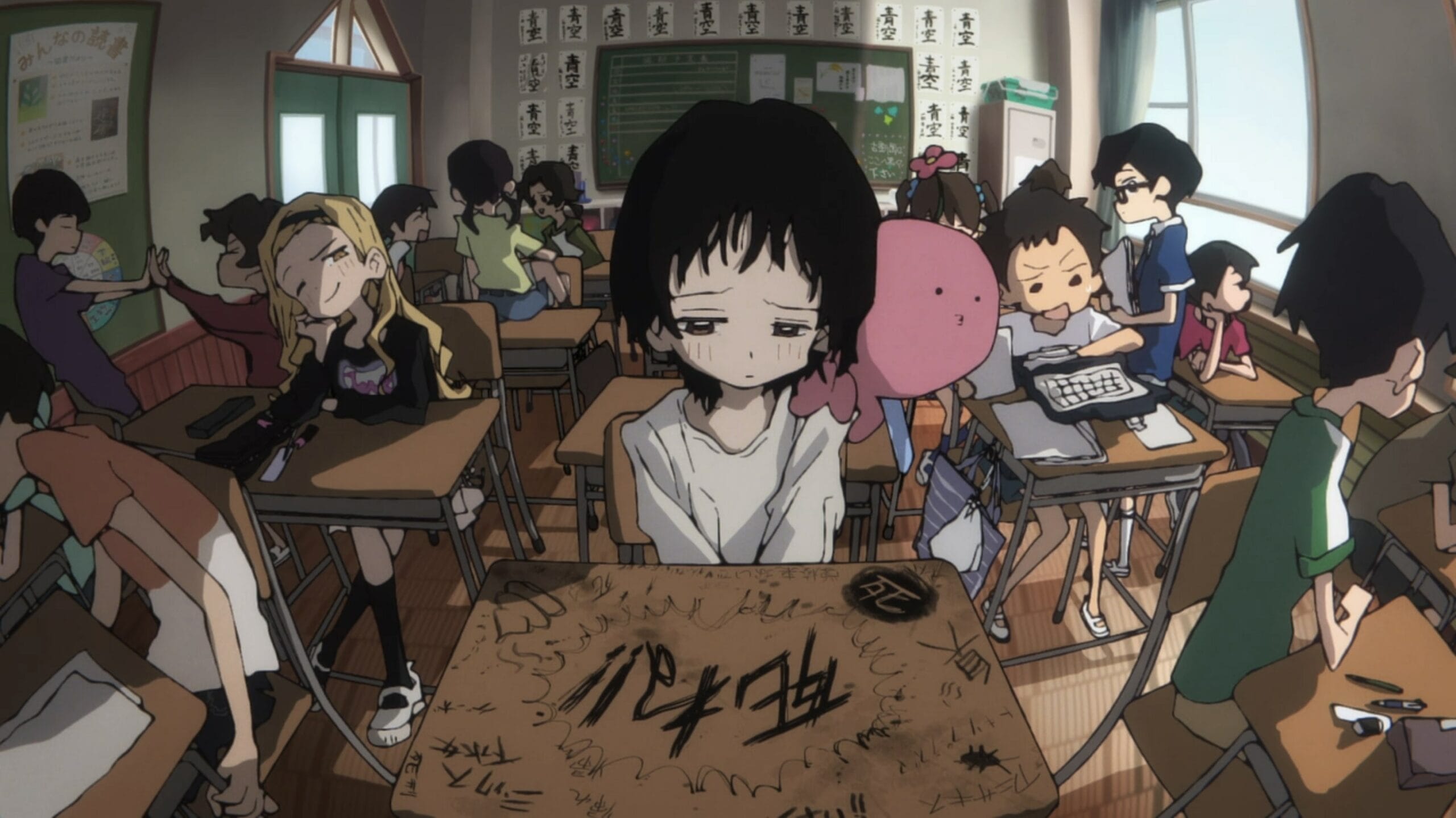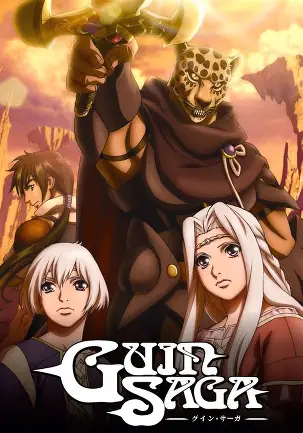7 Powerful Reasons Fullmetal Alchemist: Brotherhood Is the Greatest Action Anime Ever
August 27, 2025 | by Haku

Introduction: The Alchemy of Perfection in Anime
In the vast landscape of anime, Fullmetal Alchemist: Brotherhood shines like a flawless transmutation circle—turning raw narrative elements into storytelling gold. Released between April 2009 and July 2010, this 64-episode masterpiece is widely regarded as the crown jewel of 2000s action anime. While contemporaries like Naruto, Bleach, and One Piece dominated with sprawling worlds and massive fanbases, Brotherhood stood apart by offering something deeper: a fusion of thrilling combat, moral philosophy, and tightly woven storytelling.
At its heart, Brotherhood follows Edward and Alphonse Elric, two brothers who pay the price for tampering with forbidden human transmutation. Edward loses his limbs, while Alphonse’s soul becomes bound to a suit of armor. Their desperate journey to reclaim what was lost unveils a conspiracy of epic proportions—government corruption, war crimes, and ancient beings that embody humanity’s darkest sins. What begins as a personal tragedy soon expands into a profound meditation on sacrifice, power, and redemption.
Why Fullmetal Alchemist: Brotherhood Stands Out in Action Anime
Unlike many series of its time that leaned on endless battles and dragged-out power-ups, Fullmetal Alchemist: Brotherhood made every fight matter. Its alchemy-based combat is not just flashy—it’s strategic, bound by the rule of “equivalent exchange.” Each confrontation carries consequences, not only pushing the plot forward but also challenging the characters’ values. This gave Brotherhood’s action an intellectual weight that set it apart from filler-heavy giants like Naruto and Bleach.
Where other shonen stretched arcs for years, Brotherhood’s brilliance lay in its precision. Its 64 episodes tell a complete, unbroken story with no wasted time. Every episode builds toward its grand finale, ensuring that the series never loses momentum. The result is an anime that feels like a finely tuned machine, blending the adrenaline of combat with the gravity of philosophy.
Historical Context: Rising from the Ashes of Adaptation
To appreciate Brotherhood’s success, one must remember its origins. The original Fullmetal Alchemist (2003) aired before the manga’s conclusion, forcing it to diverge into a unique but incomplete ending. While that version gained its own following, fans longed for a faithful adaptation of Hiromu Arakawa’s vision. Brotherhood, announced in 2008 and produced by Studio Bones, answered that call.
Arriving at a time when anime was exploding internationally, Brotherhood capitalized on streaming and Western broadcast opportunities. Unlike its competitors, which relied on filler arcs to stretch material, Brotherhood delivered a faithful, concise adaptation from start to finish. In doing so, it not only gave fans closure but also set a new gold standard for how manga should be adapted.
Plot Summary: A Quest Beyond Mere Adventure
Spoiler-free, the plot of Fullmetal Alchemist: Brotherhood is a masterclass in escalation. It begins with two boys seeking to restore their bodies and evolves into a struggle against godlike beings manipulating an entire nation. Along the way, the Elric brothers encounter unforgettable allies and enemies, each one embodying a piece of the series’ grand philosophical puzzle.
What truly elevates Brotherhood’s story is how seamlessly action and narrative intertwine. Every battle carries emotional weight, every twist feels earned, and every loss cuts deep. This isn’t just a tale of flashy fights—it’s a reflection on war, morality, and what it means to be human.
Character Development: Hearts of Steel and Flesh
The brilliance of Fullmetal Alchemist: Brotherhood lies not only in its world but also in its characters. Edward Elric, the fiery young prodigy, hides his guilt and insecurity behind bravado, while Alphonse’s gentle spirit shines even from within cold armor. Together, they embody resilience and brotherhood.
Supporting characters receive equal depth. Roy Mustang grapples with the guilt of his past wartime sins, Winry Rockbell grows from childhood friend to emotional anchor, and Scar evolves from a vengeful killer to a symbol of redemption. The villains, too, are layered—each homunculus personifying human flaws, making them more than mere obstacles. Brotherhood’s cast forms a living mosaic of humanity’s struggles, triumphs, and flaws.
Action Sequences: Strategic Spectacles
In Fullmetal Alchemist: Brotherhood, battles aren’t just entertainment—they’re lessons in strategy and sacrifice. Alchemists use science, imagination, and intellect to survive, turning the battlefield into a puzzle of creativity. Edward crafts weapons from the ground, Mustang conjures infernos with a snap, and Armstrong wields strength tempered by loyalty.
The climactic “Promised Day” arc weaves dozens of threads together into a breathtaking crescendo. Unlike the endless escalation of some shonen battles, Brotherhood’s action remains grounded in its rules, making every clash feel both believable and epic. Studio Bones’ fluid animation and Akira Senju’s powerful soundtrack ensure these fights remain etched in anime history.
Themes and Philosophy: Equivalent Exchange in Life
At its core, Fullmetal Alchemist: Brotherhood is about more than alchemy—it’s about humanity itself. Its central theme of “equivalent exchange” becomes a metaphor for life: nothing is gained without sacrifice. The story unflinchingly tackles genocide, discrimination, ambition, and the cost of war, drawing parallels to real-world conflicts and ethical dilemmas.
Yet, amidst the darkness, Brotherhood offers hope. It reminds us that redemption is possible, that bonds can withstand even the harshest trials, and that true strength comes not from power, but from sacrifice and love. These layers make it not only entertaining but profoundly moving.
Comparisons to Contemporaries
| Anime | Release Era | Strengths | Weaknesses | MAL Rating (as of 2025) |
|---|---|---|---|---|
| Fullmetal Alchemist: Brotherhood | 2009-2010 | Tight pacing, deep themes, no fillers | Early episodes rush for manga fans | 9.08/10 |
| Naruto | 2002-2007 | Relatable protagonist, epic battles | Excessive fillers, inconsistent pacing | 7.99/10 |
| Bleach | 2004-2012 | Stylish action, unique powers | Dropped quality in later arcs | 7.93/10 |
| One Piece | 1999-ongoing | Vast world, adventure | Lengthy, slow arcs | 9.00/10 |
| Attack on Titan | 2013-2023 | Mystery, twists | Post-2000s, but influenced by FMA | 8.54/10 |
This table highlights Brotherhood’s edge in ratings and narrative structure.
Cultural Impact and Legacy
Fifteen years later, Fullmetal Alchemist: Brotherhood continues to stand as a benchmark in anime excellence. It influenced future adaptations like Hunter x Hunter (2011) by proving the value of pacing and faithful storytelling. Its global reach expanded anime’s popularity in the West, with fans praising its complexity and philosophical depth.
Even today, online communities debate whether newer series like Attack on Titan or Jujutsu Kaisen surpass it. Yet, Brotherhood endures not as a relic, but as living proof of what anime can achieve when it respects its source, embraces moral depth, and refuses to compromise its vision.
Conclusion: Timeless Transmutation
Fullmetal Alchemist: Brotherhood isn’t just an anime—it’s a timeless parable disguised as an action series. It set the standard for how anime should balance spectacle with substance, leaving behind a legacy that continues to inspire fans and creators alike. In a medium often accused of excess, Brotherhood proved that the greatest alchemy is the ability to turn raw imagination into something eternal.
Watch the masterpiece here 😉
RELATED POSTS
View all


